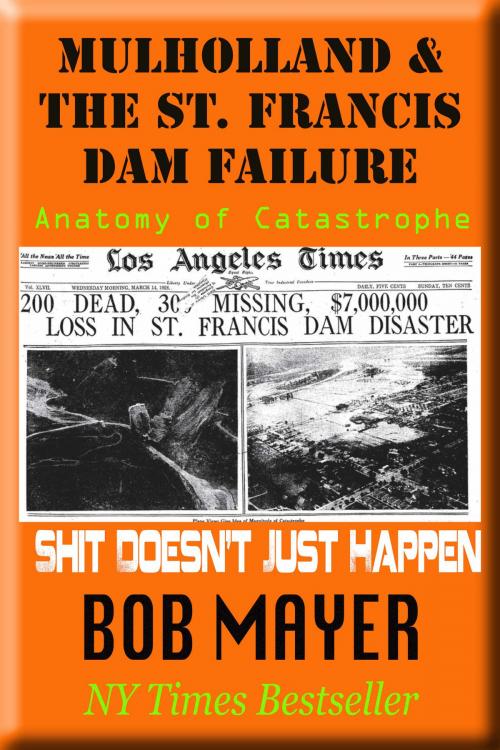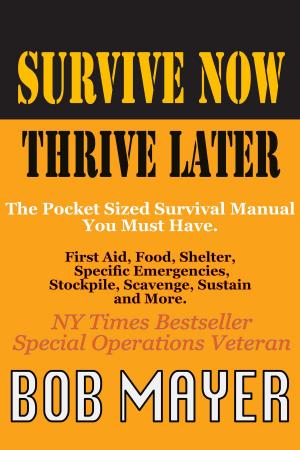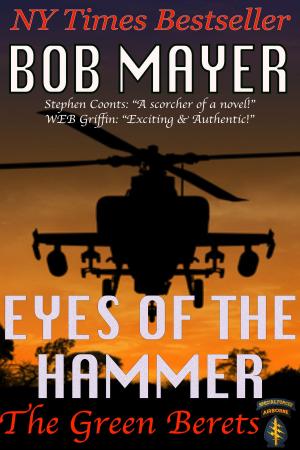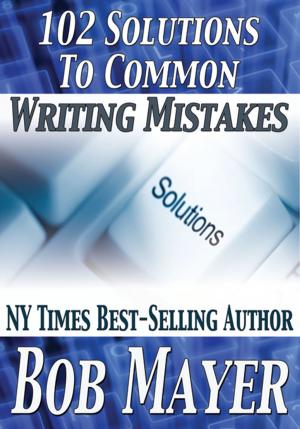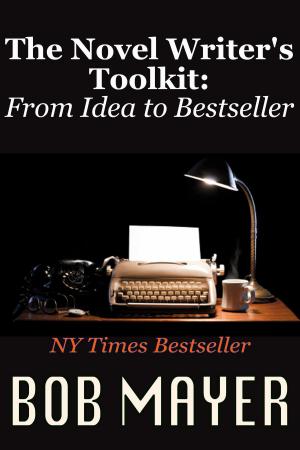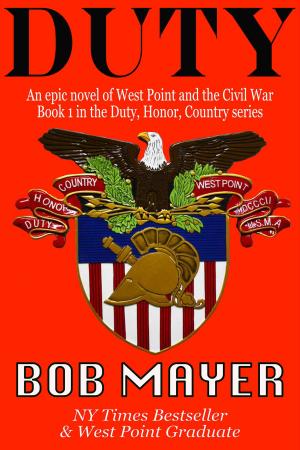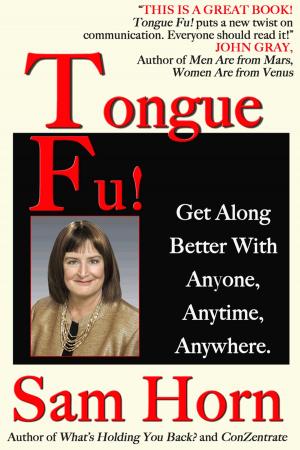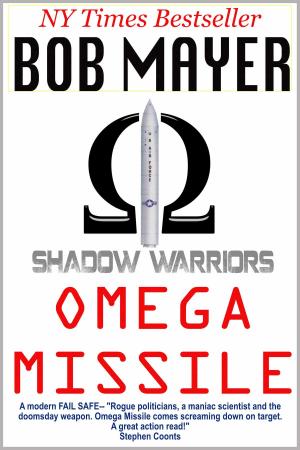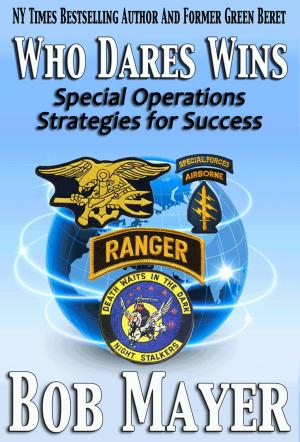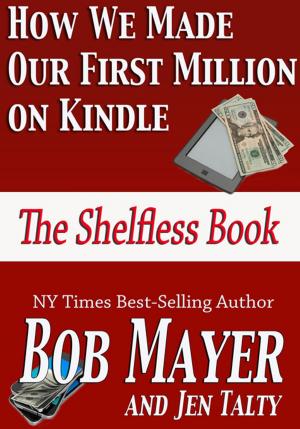Mulholland and The St. Francis Dam
Anatomy of Catastrophe
Nonfiction, Science & Nature, Technology, Engineering, Mechanical, Civil| Author: | Bob Mayer | ISBN: | 1230001656558 |
| Publisher: | Cool Gus Publishing | Publication: | April 25, 2017 |
| Imprint: | Language: | English |
| Author: | Bob Mayer |
| ISBN: | 1230001656558 |
| Publisher: | Cool Gus Publishing |
| Publication: | April 25, 2017 |
| Imprint: | |
| Language: | English |
"Quote: During the Los Angeles Coroner's Inquest, William Mulholland said, ""this inquest is a very painful for me to have to attend but it is the occasion of that is painful. The only ones I envy about this whole thing are the ones who are dead."" In later testimony, after responding to a question, he added, ""Whether it is good or bad, don't blame anyone else, you just fasten it on me. If there was an error in human judgment, I was the human, I won't try to fasten it on anyone else."" William Mulholland, chief engineer, Water Department Los Angeles
Every man-made disaster and catastrophe has at least six Cascade Events leading up to the final event, the catastrophe according to the Rule of Seven.
This is a quick read of the Cascade Events of the second greatest loss of life in the history of California: The St. Francis Dam.
Bob examines the Rule of Seven, and how human error plays a role in many catastrophes. Nothing happens in isolation or as a result of a single event. Thus, by learning from history, we can gain insight into preventing a similar catastrophe in the future. William Mulholland, a self-taught engineer, brought water to Los Angeles, but he also brought a catastrophe in the form of the St. Francis dam which failed, killing hundreds. From the very land the dam was placed on, to its design, to the failure of Mulholland on the very day the dam would collapse when called by the worried dam-keeper, to see the pending catastrophe.
This is one of many catastrophes that Bob Mayer, former Green Beret, West Point Graduate and NY Times Bestselling Author, examines in his series of shorts: The Anatomy of a Catastrophe.
"Quote: During the Los Angeles Coroner's Inquest, William Mulholland said, ""this inquest is a very painful for me to have to attend but it is the occasion of that is painful. The only ones I envy about this whole thing are the ones who are dead."" In later testimony, after responding to a question, he added, ""Whether it is good or bad, don't blame anyone else, you just fasten it on me. If there was an error in human judgment, I was the human, I won't try to fasten it on anyone else."" William Mulholland, chief engineer, Water Department Los Angeles
Every man-made disaster and catastrophe has at least six Cascade Events leading up to the final event, the catastrophe according to the Rule of Seven.
This is a quick read of the Cascade Events of the second greatest loss of life in the history of California: The St. Francis Dam.
Bob examines the Rule of Seven, and how human error plays a role in many catastrophes. Nothing happens in isolation or as a result of a single event. Thus, by learning from history, we can gain insight into preventing a similar catastrophe in the future. William Mulholland, a self-taught engineer, brought water to Los Angeles, but he also brought a catastrophe in the form of the St. Francis dam which failed, killing hundreds. From the very land the dam was placed on, to its design, to the failure of Mulholland on the very day the dam would collapse when called by the worried dam-keeper, to see the pending catastrophe.
This is one of many catastrophes that Bob Mayer, former Green Beret, West Point Graduate and NY Times Bestselling Author, examines in his series of shorts: The Anatomy of a Catastrophe.
